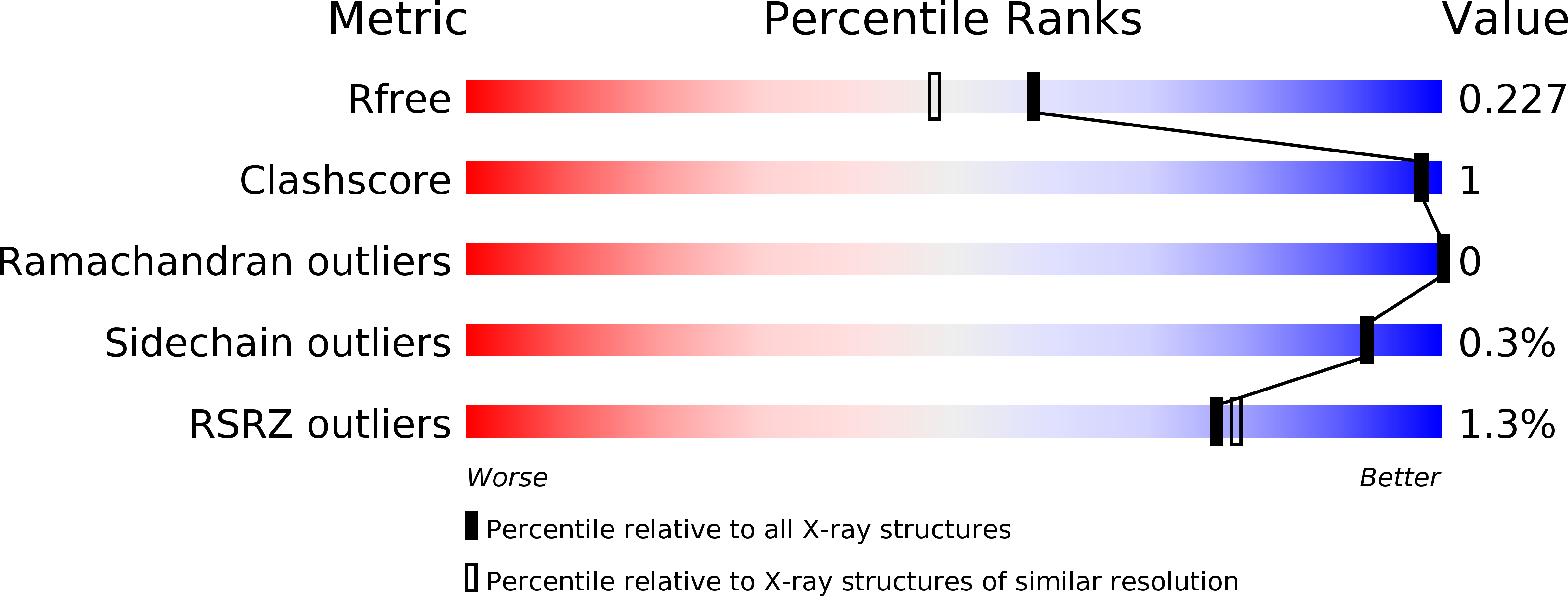
Deposition Date
2015-08-19
Release Date
2016-07-06
Last Version Date
2024-10-09
Entry Detail
Biological Source:
Source Organism:
Homo sapiens (Taxon ID: 9606)
Toxoplasma gondii (Taxon ID: 5811)
Toxoplasma gondii (Taxon ID: 5811)
Host Organism:
Method Details:
Experimental Method:
Resolution:
1.87 Å
R-Value Free:
0.22
R-Value Work:
0.18
R-Value Observed:
0.19
Space Group:
P 1 21 1


